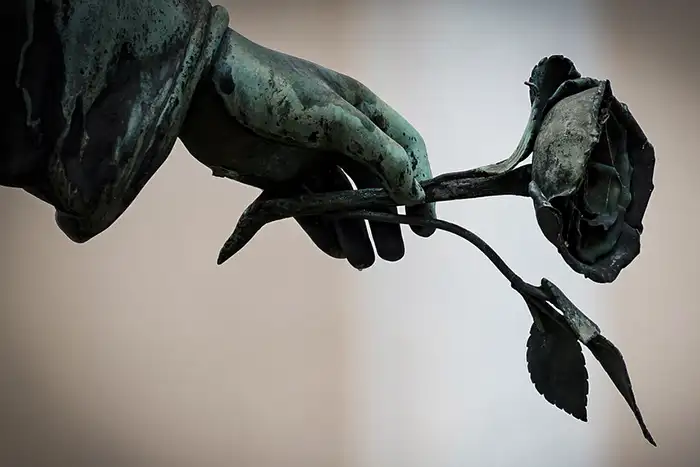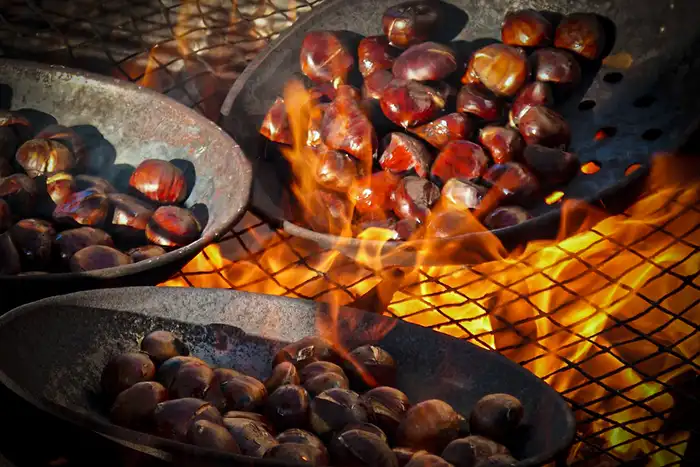LIFE IN FUERTEVENTURA, What to see in Fuerteventura ?
The festival of the Finados
The cult of the dead is present in all cultures. Since time immemorial we have paid tribute, in one way or another, to people who are no longer in this world.
The Canarian aborigines, for example, had great veneration for their dead. To preserve their loved ones from corruption and to make them, in a sense, immortal, they embalmed them. This process was done with such care that today, numerous mummies are preserved in the island’s museums.
After the Castilian conquest and the subsequent colonization, most of the aboriginal rituals were lost But, let’s return to the subject that concerns us today, the festival of the Finados and the cult of the dead.
Since when is All Souls Day celebrated?
The forerunner of this festival was Pope Boniface IV, who at the beginning of the 7th century consecrated the Pantheon in Rome to the Virgin Mary and all the Martyrs. He also established All Souls’ Day, which follows All Saints’ Day. These festivities were celebrated at first, every May 13. They were made coinciding with the pagan festivals of “the Lemurs”. Pursuing their Christianization, little by little the Christian cult of All Saints increased. The date was moved several times. The last one was in the middle of the 8th century, when Pope Gregory III established November 1 as All Saints’ Day.
The festival of the finados in the Canary Islands
From the 16th century until well into the 20th, the festivities in the Canary Islands that honored the deceased lasted 3 days, from October 31 to November 2.
A series of rituals were made, which tried to keep loved ones present. These customs consisted mainly of visiting the tombs of relatives, in which some offerings were deposited. Mass was also attended for the souls.
There was no church that did not have a large painting of Ánimas or a brotherhood to promote and sustain the cult of Ánimas.

As for the offerings, for a long time it was a tradition to place bushels of wheat, live rams, wine jugs, bread baskets, donuts, etc. on top of the tombs.
All this was intended for the masses and the cult of Ánimas. In addition, each woman lit, inside the church, as many candles as individuals of her family had died. That same number of candles were left burning in the house at night.
The Feast of the Finados, was celebrated in Fuerteventura the night before All Souls’ Day. And although this festivity was celebrated throughout the Majorera geography, it was in the rural enclaves where it had more relevance.
It was time to remember and honor the deceased of each family.
As evening fell, family, friends, and neighbors gathered around the older woman. It was she who was in charge of recounting anecdotes, remembering virtues and telling stories of her ancestors, making them present with her words.
During the celebration, people also sang, prayed and played traditional games, while tasting the typical autumn products: chestnuts, almonds, baked apples, walnuts, dried figs, sweets, etc. All this accompanied by a few glasses of anise and honey rum.
The children went house to house with a bag on their shoulders asking: Do you have saints? And the neighbors gave them various food.
The celebration continued until dawn, singing traditional songs and dances. Then the youth left the houses participating in Taifa dances. The streets were filled with people wanting to party.
According to Bethencourt Alfonso, in the 19th century, these festivities seemed more like a Carnival. The neighbors “were armed with guitars, bandolas, tambourines, castanets, rattles, triangles… improvising and composing the lyrics”
Ranches of Souls

On November 1, the Ranchos de Ánimas began. Los Ranchos, is one of the oldest traditions in the Canary Islands. Its origins date back to the end of the fifteenth century. They consist of a group of musicians who go through the streets and houses, asking for alms and singing to the deceased, to the saints or to any other theme that is requested of them. They collected offerings that were used to pay for masses.
This tradition is in serious danger of disappearing. The main reason is found in the very transformation that the cult of the deceased has undergone. The deceased are no longer watched in homes, but in funeral homes. To this must be added the almost disappearance of ordering masses for the souls of the deceased, and the decrease in belief in Purgatory.
Luckily, the Ranchos de Ánimas de Tiscamanita and Tetir keep the tradition alive in Fuerteventura.
The Ranchos de Ánimas were organized in the middle of the afternoon on All Saints’ Day to go out that night. They went through the houses and the mayordomo of the Brotherhood of Souls was in charge of asking in each house: “Do you sing or pray?”, and if they were allowed to sing, they improvised verses referring to the deceased.
Songs like the following were sung.
“your father and your mother
comes to tell me
that it is bad to live
in the purgatory”.
“Your father, Mrs.
he sent me to say,
that with a mass
he hopes to get away.”
These musical-religious manifestations comprised from November 1 to February 2 (Candelaria day).
Fuerteventura4


